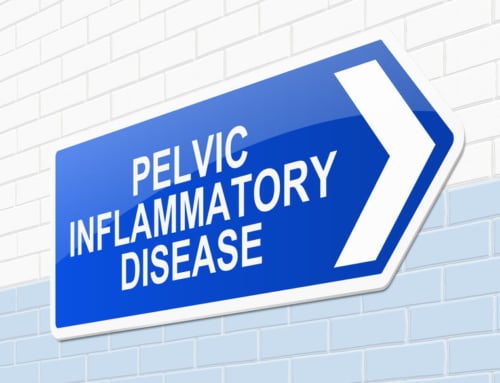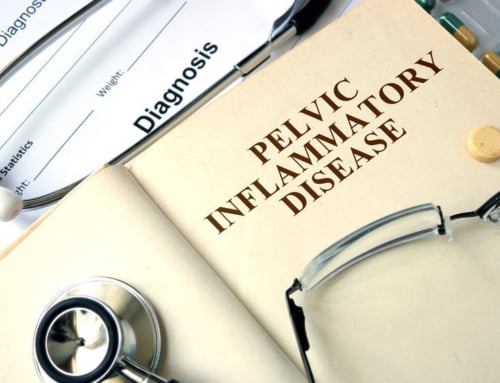Placenta Previa: What Every Mother-to-be Needs To Know
The placenta is a circular organ which develops in the uterus during pregnancy. It provides the growing baby with nutrition and oxygen and also removes waste from the baby. The placenta connects to the baby via the umbilical cord. Typically, the placenta is attached to the top or the side of the uterus. In cases of placenta previa, it is partially or completely covering the cervix.
Often, women are diagnosed with placenta previa during the early stages of their pregnancy. Typically, in these cases, the issue resolves itself. However, in some cases, the placenta continues to cover the cervix later in pregnancy. In these cases, it is less likely to resolve.
Placenta previa: who is at risk?
There are three types of placenta previa. In marginal previa, the placenta only borders the cervix. In partial previa, it only covers a portion of the cervix. In complete previa, the placenta completely covers the opening of the cervix. There is no way to prevent placenta previa.
Certain conditions put women at risk of placenta previa. These include being over the age of 30 years of age, having a second or later pregnancy, carrying multiple babies, having uterine abnormalities, and smoking. Placenta previa is usually diagnosed during a routine pregnancy check-up during the second trimester.
Placenta previa: treatment
Because there is no cure for placenta previa, the aim of treatment is to manage the bleeding. How it is managed will depend on a number of factors including the amount of bleeding, whether it continues, the health of the mother and baby, and the term of the pregnancy. If the bleeding stops and the placenta is not completely covering the cervix, a vaginal birth may be possible. If the bleeding is heavy, the mother may require a blood transfusion. She is likely to need a C-section delivery, ideally after 36 weeks.
Placenta previa: possible complications
If a woman is diagnosed with placenta previa, her health care provider will monitor her and her baby to minimize the risk of possible complications. Possible complications include severe bleeding during labor or after delivery which may become life-threatening. Because of bleeding the mother may require an emergency C-section before the baby is full-term.







